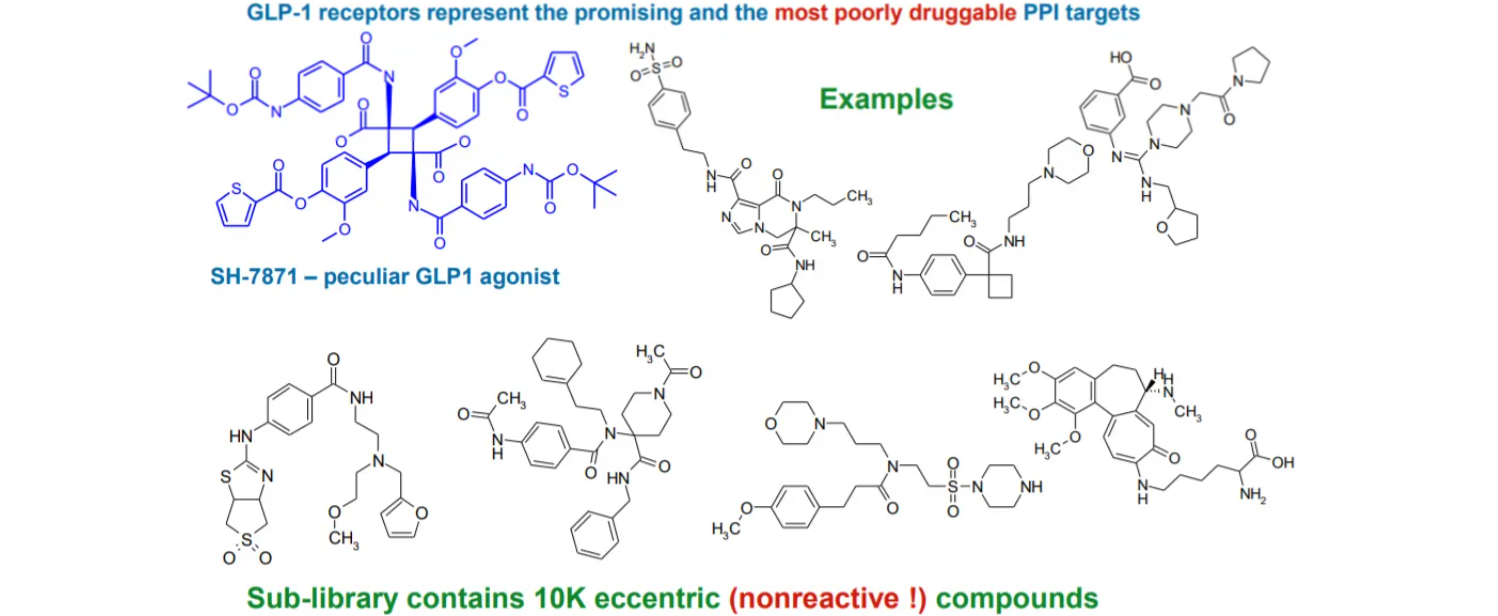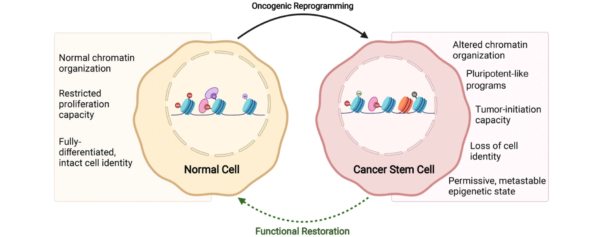Protein-protein interactions (PPIs) have emerged as critical players in numerous biological processes. Modulating PPIs offers an innovative approach to developing therapeutics targeting these processes. The Eccentric PPI Library comprises a diverse collection of compounds specifically designed to target PPIs through a unique structural diversity. In this article, we will explore the six principle components of structural diversity that define the Eccentric PPI Library and their implications for drug discovery.
Component 1: Core Scaffold Diversity
The first component of the Eccentric PPI Library’s structural diversity is core scaffold diversity. This refers to the wide range of scaffold structures that form the basis of the compounds in the library. The library comprises chemically distinct core scaffolds, each with its unique structure and properties, enabling a broad exploration of PPI modulation.
Component 2: Molecular Shape Diversity
Molecular shape diversity is the second component that defines the Eccentric PPI Library. This component refers to the library’s ability to cover a broad range of molecular shapes, enabling the selection of compounds that fit distinct protein binding sites. Molecular shape diversity enhances the chances of finding compounds that can effectuate specific and potent PPI modulation.
Component 3: Surface Functional Group Diversity
Surface functional group diversity is the third principle component of the Eccentric PPI Library’s structural diversity. This component refers to the library’s broad range of surface functional groups, imparting varied physicochemical properties to each compound. This structural diversity influences binding characteristics and pharmacological properties and allows for a wide range of compounds with varied modulatory potentials.
Component 4: Stereochemical Diversity
The fourth component of the Eccentric PPI Library’s structural diversity is stereochemical diversity. Stereoisomers of a compound have different bioactive profiles, often exhibiting diverse activities, potencies, and selectivities. Therefore, the library employs a plethora of stereochemically diverse compounds, exploring the intricacies of PPI modulation further.
Component 5: Linker Diversity
Linker diversity is the fifth principle component of the Eccentric PPI Library’s structural diversity. Linkers are the chemical groups that connect two distinct pharmacophores, and their diverse structures can modulate PPIs in unique ways. The library features a broad range of linker diversity, allowing for the exploration of a vast range of PPIs.
Component 6: Protein Interface Diversity
The final component of the Eccentric PPI Library’s structural diversity is protein interface diversity. This component considers the vast array of protein-protein interactions that can be modulated with the compounds of the library. The Eccentric PPI Library selects compounds for each protein interface based on computational modeling and structural information, enabling effective PPI modulation.
Conclusion:
The Eccentric PPI Library offers a vast array of structurally diverse compounds for PPI modulation, utilizing six key principles of structural diversity. The library’s richness in core scaffold diversity, molecular shape diversity, surface functional group diversity, stereochemical diversity, linker diversity, and protein interface diversity enables various PPI modulation strategies. The prospective application of these compounds may span a variety of biological processes, including cancer, autoimmunity, and other diseases. The Eccentric PPI Library’s structural diversity can provide a foundation forging innovative therapeutic opportunities for PPI-focused drug discovery.


